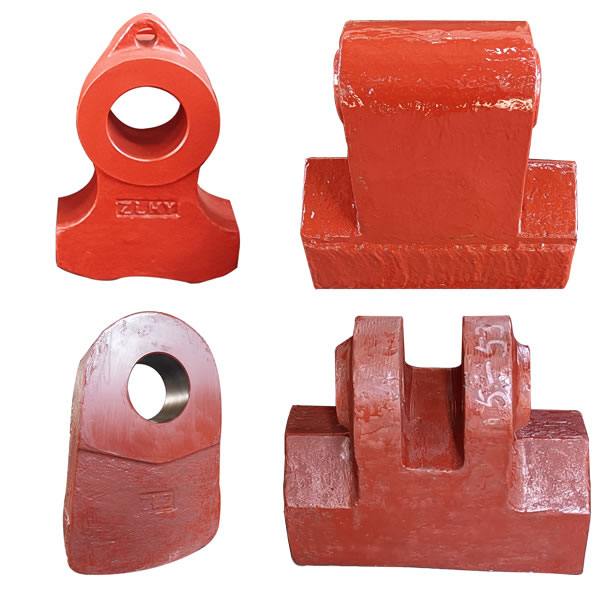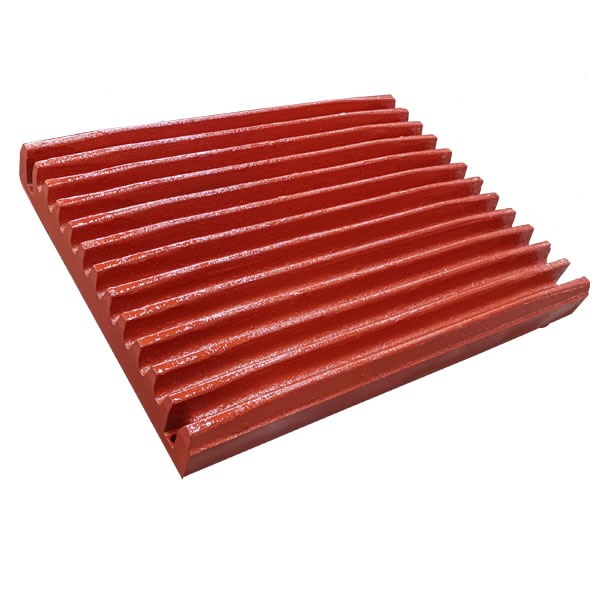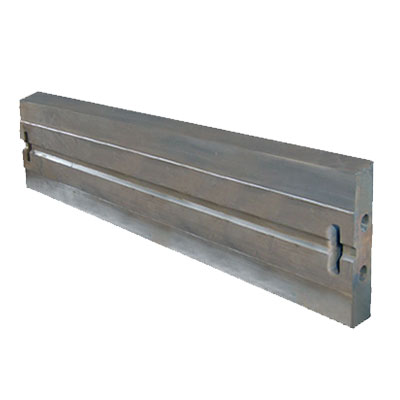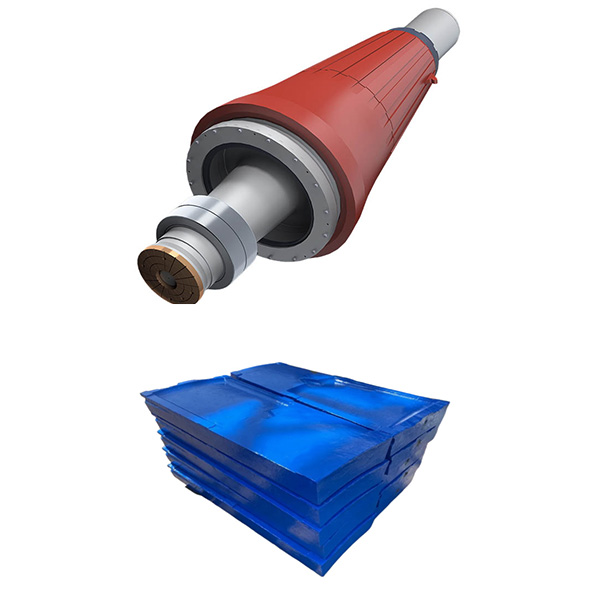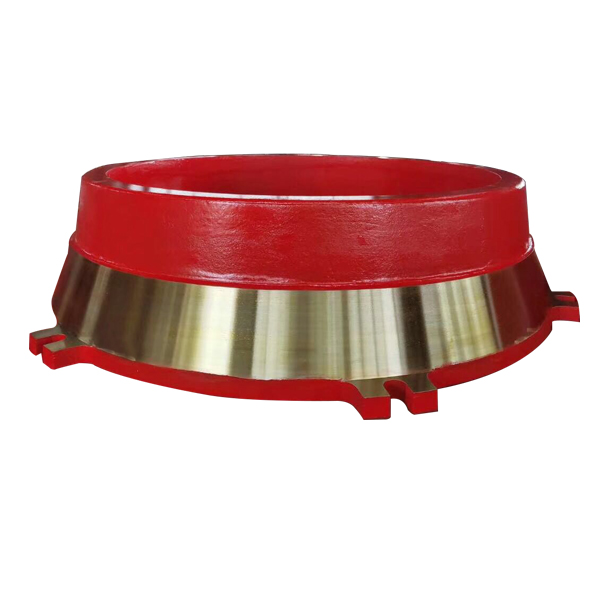List of wearing parts that cement plants need to keep on hand
As a heavy industry with continuous production, cement plants have severe equipment wear and tear, and the cost of downtime is high. It is crucial to reserve key wearing parts reasonably. The following is a list of wearing parts that are on hand based on the cement production process and main equipment. It needs to be adjusted in combination with the machine model, production capacity, material characteristics and historical failure data of the specific factory:
Core principles:
High wear: Parts that are in direct contact with materials (especially raw materials, clinker, slag, gypsum, coal powder, cement).
Criticality: Parts whose damage will cause the entire line or key host to shut down.
High replacement frequency: Parts that need to be replaced regularly based on operating hours or tons of output.
Long procurement cycle: Imported parts, non-standard customized parts, and parts that require special processing.
Risk of sudden failure: Parts that are not often replaced, but have a huge impact once damaged (such as large bearings, special seals).
Common wearing parts classified by process section/equipment:
1. Raw material crushing and pre-homogenization:
* Crusher (hammer, jaw, impact):
* Hammer head, blow bar, impact plate, liner (core high-consumption parts)
* Bearing (rotor, main shaft)
* V-belt/V-belt
* Anchor bolts, fasteners
* Stacker and reclaimer:
* Bucket wheel teeth, bucket lip plate, bucket liner
* Conveyor belt and joint materials
* Drum rubber coating, roller
* Travel wheel, track pressure plate
* Hydraulic system seals (cylinder, valve)
* Wire rope (if any)
2. Raw material grinding (raw material mill):
* Vertical mill:
* Grinding roller sleeve, grinding disc liner (the most core high-consumption parts)
* Nozzle ring liner/air guide vane
* Powder selector rotor blades, guide vanes, shell liner
* Roller bearings, tie rod joint bearings
* Hydraulic cylinder seals (pressurization, rollover)
* Three-way air lock valve (weight valve) lining, bearings
* Sealed fan duct, wear-resistant soft connection
* Ball mill:
* Each bin lining (end lining, cylinder lining, partition board, discharge grate plate)
* Grinding body (steel ball, steel segment) - need to be replenished in batches regularly
* Main bearing bushing (or rolling bearing), pinion bearing
* Large and small gears (need to be monitored, always have gear rings or segments)
* Feed screw, discharge screen cylinder
* Coupling elastic element
3. Firing system (core! Maximum loss due to downtime):
* Rotary kiln:
* Kiln head and kiln tail sealing devices (fish scales, graphite blocks, cylinder seals, springs) - key!
* Kiln mouth guard iron, kiln mouth castable anchor
* Wheel tyre pad, block
* Support wheel bearing (Babbitt alloy, temperature measuring element) or large rolling bearing - key spare parts!
* Surfacing materials for supporting wheels and retaining wheels (or spare wheels)
* Spare parts for large and small gear lubricants and oil injection devices
* Transmission couplings, reducer key bearings/gears (depending on the situation)
* Preheater & decomposition furnace:
* Inner cylinder hanging plates, spreading plates, flap valve plates/shafts of various levels of cyclone tubes (high temperature erosion wear)
* Refractory castable anchors (heat-resistant steel)
* Accessories for poking holes
* Expansion joint skins, high temperature gaskets
* Grate cooler:
* Grate plates, side plates, blind plates, fixed beams (the most core high-consumption parts, high temperature wear)
* Crusher hammer (clinker crusher)
* Grate bed drive device (hydraulic/mechanical) seals, bearings, chain sprockets
* Zipper machine/clinker chain bucket conveyor: chain links, chain plates, lining plates, head and tail wheel tooth plates, bearings
* Cooling fan impeller wear-resistant lining plates (if any), bearings
* Air cannon diaphragm, piston seal
4. Cement grinding:
* Roller press:
* Roller wear layer repair materials (surfacing wire, flux) or spare roller sleeves (long cycle) - core!
* Roller bearings (large, critical!)
* Side baffles and wear-resistant linings
* Hydraulic cylinder seals, valve blocks
* Feeding device lining, adjustment plug
* Ball mill: (same as raw material mill)
* Lining, grinding body, bearings, large and small gears, partition plates, etc.
* Powder selection machine:
* Rotor blades, wind guide blades, housing wear-resistant lining
* Spindle bearings
* Reducer bearings/gears
* Lubrication system oil pipes, joints
5. Material transportation and storage:
* Various types of conveyors (belts, chain buckets, FU, air chute):
* Conveyor belts/lifting belts and joint materials (belt conveyors)
* Chains, chain plates, chain links, pins (chain buckets, FU)
* Rollers, rollers (rubber coating) (belt conveyors)
* Head and tail gear plates/sprockets (chain buckets, FU)
* Grooved plates, guide trough linings, sweeper scrapers (universal)
* Bearings (all rotating parts)
* Tensioning device accessories (screws, springs)
* Air chute breathable cloth - key easy-to-block and easy-to-wear parts
* Feeding equipment (see the previous feeder list):
* Wear-resistant lining, chain/belt, sprocket/roller, bearing, seal, vibration motor/exciter (core)
* Various valves (pneumatic, electric, manual):
* Valve plate, valve seat (wear-resistant material)
* Seal ring (packing, O-ring)
* Actuator cylinder seal, solenoid valve, limit switch
* Valve stem, bearing
6. Fans and pumps:
* High-temperature fans, kiln tail fans, circulating fans and other large fans:
* Blade wear-resistant surfacing materials or spare blades (long cycle)
* Main bearings (large, critical!)
* Coupling elastic elements/diaphragms
* Seals (shaft seals, housing seals)
* Actuator accessories (adjusting dampers)
* Various water pumps, oil pumps, vacuum pumps:
* Mechanical seals/packing seals - high-frequency replacement parts
* Impellers (wear-resistant materials)
* Bearings
* Valve parts (check valve core, safety valve spring)
7. Common parts (all equipment must be equipped):
* Bearings: rolling bearings and sliding bearing bushings of various specifications and sizes (especially common models and large critical bearings).
* Seals: O-rings, skeleton oil seals, packings, various gaskets (metal, non-metal), dust rings, hydraulic and pneumatic seals.
* Fasteners: high-strength bolts, nuts, washers (common specifications, for critical parts).
* Electrical components:
* Contactors, relay contacts/coils
* Fuse cores/fuses
* Various switches (buttons, limit switches, travel switches, pressure switches, temperature switches)
* Sensors (temperature PT100, vibration switches, speed switches, material level switches)
* Indicator lights, small circuit breakers
* Inverter/soft starter fans, capacitors (common fault parts)
* Motor bearings (small and medium-sized)
* Lubricants: Various lubricants (gear oil, hydraulic oil, turbine oil) and greases of specified brands for equipment.
* V-belt/V-belt/synchronous belt: Common models and specifications.
* Hydraulic hose assembly: Common specifications, high-pressure pipe.
* Wear-resistant welding rod/wire: Used to repair worn parts on site.
Key suggestions for spare parts management:
Establish a detailed ledger: Based on equipment manuals, historical maintenance records, and operating data, formulate a dynamic "List of Key Equipment Consumable Parts", including drawing numbers, specifications, materials, single machine usage, expected life, suppliers, and safety inventory.
ABC classification management:
Class A (key core): high price, long procurement cycle, and huge impact of failure (such as kiln main bearings, grinding roller sleeves, grate plates, large fan impellers/bearings). Safety inventory must be guaranteed.
Class B (important and consumable): high replacement frequency, affecting local production (such as ordinary bearings, seals, liners, chains, belts, pinions). Maintain reasonable inventory.
Class C (general low value): large usage but low value, easy to purchase (such as standard bolts, ordinary gaskets, small switches). Double-box method or regular purchase can be adopted.
Establish strategic cooperation with suppliers: For Class A spare parts, sign long-term agreements with reliable suppliers to strive for agreed inventory, shorten delivery time and ensure quality.
Strengthen status monitoring and predictive maintenance: Predict the status of key components through vibration analysis, oil analysis, infrared temperature measurement and other means, guide spare parts planning, and avoid excessive storage or shortage.
Regular inventory and optimization: Regularly clean up stagnant inventory and adjust the reserve strategy according to equipment transformation and operating conditions.
Summary: The core of cement plant's standing wearing parts is to focus on high wear, key protection and inventory control. Focus on ensuring the timely supply of sintering system (kiln, grate cooler), grinding system (vertical mill/roller press roller surface, ball mill liner/grinding body), material conveying core components (belts, chains, wear-resistant liners) and general key parts (bearings, seals, electrical components). Perfect spare parts management is the lifeline to ensure the continuous, stable and efficient operation of cement plants.

